Burning Pain in Hip and Lower Back: Causes and Treatment Options
What causes burning pain in the hip and lower back? Discover the potential causes, including sprains, strains, herniated disks, and more. Learn about effective treatment options to find relief.
Possible Causes of Burning Hip and Lower Back Pain
When experiencing burning pain in the hip and lower back, there can be several potential causes. Some of the most common culprits include:
Sprains and Strains
Sprains, which involve torn or overstretched ligaments, and strains, which affect tendons or muscles, are a frequent source of discomfort in the hip and lower back area. These types of injuries can occur due to sports activities, falls, awkward twisting, or lifting heavy objects without proper form.
Symptoms of sprains and strains may include muscle pain, weakness, tenderness, swelling, and reduced range of motion. Rest, gentle stretching, ice packs, and anti-inflammatory medications can often provide relief.
Tight Hip Flexors
The hip flexor muscles, which connect the hips to the knees, can become tight and strained from prolonged sitting or other activities. This tightness can contribute to pain in the back and hips, as well as muscle spasms and a sense of weakness when trying to lift the knee or kick.

Stretching the hip flexors and avoiding activities that exacerbate the tightness, such as sitting for long periods or wearing high heels, can help alleviate this type of pain.
Herniated Disk
A herniated, or bulging, disk in the spine can put pressure on nearby nerves, leading to burning, tingling, or shooting pain that radiates from the lower back down to the hips and legs. This is known as sciatica. Older adults are more prone to herniated disks due to the natural wear and tear on the spine over time.
Treatment for a herniated disk often involves a combination of rest, physical therapy, anti-inflammatory medication, and in severe cases, epidural steroid injections or surgery.
Other Potential Causes
While sprains, strains, tight hip flexors, and herniated disks are some of the most common causes of burning hip and lower back pain, there are other potential factors to consider, such as:
- Arthritis in the hips or spine
- Bursitis, or inflammation of the fluid-filled sacs (bursae) in the hips
- Piriformis syndrome, which involves tightness or spasm in the piriformis muscle in the buttocks
- Sacroiliac joint dysfunction, where the joint connecting the spine and pelvis becomes irritated
- Referred pain from a problem in the internal organs, such as the kidneys or reproductive system
Seeking Treatment and Relief
If you are experiencing persistent or severe burning pain in the hip and lower back, it’s important to seek medical attention. Your healthcare provider can help determine the underlying cause and recommend the most appropriate treatment plan, which may involve a combination of the following:

- Rest and avoidance of activities that worsen the pain
- Over-the-counter or prescription anti-inflammatory medications
- Physical therapy exercises and stretches
- Hot or cold therapy, such as heating pads or ice packs
- Epidural steroid injections (for herniated disks or other spinal issues)
- In severe cases, surgery may be recommended (e.g., to repair a herniated disk)
Preventing Recurrence
To help prevent the recurrence of burning hip and lower back pain, it’s important to address the underlying cause and maintain good overall health and fitness. This may include:
- Strengthening the core and hip muscles through regular exercise
- Maintaining good posture and proper body mechanics when lifting, sitting, or performing other activities
- Losing weight if overweight, as excess weight can put additional strain on the hips and back
- Quitting smoking, as smoking can increase the risk of spinal issues
- Practicing stress management techniques, as high levels of stress can contribute to muscle tension and pain
When to Seek Immediate Medical Attention
In some cases, burning hip and lower back pain may be a sign of a more serious underlying condition. Seek immediate medical attention if you experience:

- Sudden, severe pain that comes on without a clear cause
- Numbness, tingling, or weakness in the legs or feet
- Loss of bowel or bladder control
These symptoms may indicate a more serious spinal or neurological issue that requires prompt treatment to prevent further complications.
Conclusion
Burning pain in the hip and lower back can have a variety of causes, from sprains and strains to herniated disks and other underlying conditions. By understanding the potential causes and seeking appropriate treatment, you can find relief and take steps to prevent recurrence. If you are experiencing persistent or severe pain, be sure to consult with your healthcare provider for a thorough evaluation and personalized care plan.
Why does my lower back and hip hurt?
Sometimes lower back occurs alongside hip pain. This may happen on one side or both. Certain health conditions or injuries can affect the nerves in both the hips and the lower back.
These pains usually occur as a result of overuse or injury, but they can also be a symptom of an underlying medical condition. People may notice the pain on the left or right side of the body or both.
In this article, we look at possible causes of lower back and hip pain. We also discuss the various treatment options and how to relieve pain.
Share on PinterestPossible causes of lower back and hip pain include sprains, strains, and a herniated disk.
It is easy to overwork the lower back and hips because they are responsible for lifting, twisting, and moving the legs and trunk. Pains due to overuse and minor injury are common in these areas of the body.
Although these pains are common, people should not ignore them. Rest and early treatment can significantly improve a person’s outlook.
The causes are similar in males and females. The following are some of the most common causes of lower back and hip pain.
Sprains and strains are a common cause of pain around the back and hips. A sprain is a torn or overstretched ligament, while a strain is a torn or overstretched tendon or muscle.
People with sprains and strains are likely to experience discomfort that worsens with activity and gets better with rest.
Common causes of sprains and strains in this area include:
- sports injuries
- a fall or trauma
- twisting the body in an awkward way
- lifting something heavy
Playing a sport or engaging in other physical activity without warming up properly can contribute to muscle strain.
Damage to the ligaments, tendons, or muscles in the hip or lower back can cause:
- muscle pain
- muscle weakness
- tenderness
- swelling
- reduced range of motion
Treatment
People will usually find that their symptoms improve with a few days of rest.
Gentle stretching can speed up recovery. Applying a cloth-covered ice pack to the affected area for 10 to 15 minutes at a time can also help.
Nonsteroidal anti-inflammatory drugs (NSAIDs), such as ibuprofen and naproxen, can reduce the pain and swelling that these muscle injuries cause.
If these treatments do not reduce symptoms, the injury may be more serious, for example, a muscle tear. In this case, a person should see their doctor.
The hip flexors are muscles that extend from the hips to the knees. They are responsible for the range of motion in the legs and hips. If these muscles are stiff and tight, often due to remaining in a seated position for too long, a person may experience back and hip pain.
Hip flexor strains, which are strains in the hip flexor muscles, can also cause sharp pain in the back and hips.
Symptoms of tight hip flexor muscles include:
- tenderness in the upper leg
- muscle spasms in the hips or thighs
- soreness in the hips and thighs
Some people may also experience a sense of weakness when trying to kick the leg or lift the knee toward the chest.
Read about 10 stretches for tight hips here.
Treatment
Physical therapy exercises and stretching can help relieve tight hip flexors and reduce discomfort. Examples include pulling the knee toward the chest or lunging one leg forward from a kneeling position to create a stretch in the hips.
Avoiding activities that can increase hip flexor tightness, such as sitting too long at a desk or wearing high heels for extended periods, can also help.
Share on PinterestA herniated disk may cause pain in the lower back, legs, and hips.
A herniated disk occurs when one of the cushioning disks between the vertebrae slips out of place. The disk can put pressure on a nearby nerve, which may cause tingling and burning pain in the lower back that extends to the hips and legs.
Older adults are prone to herniated disks because of the natural wear and tear of the spine that occurs over time. The disks also become less flexible with age.
Common causes of a herniated disk include:
- improper lifting or twisting while lifting
- a fall or trauma
- being overweight
- repetitive strain on the back
- driving for long periods
- smoking
Symptoms of a herniated disk include:
- sciatica, or a sharp, shooting pain from the buttocks down the back of one leg
- numbness in the leg or foot
- muscle weakness in the leg or foot
In severe cases, people may experience a loss of bowel and bladder function. If this occurs, they should go to the hospital or call 911 right away.
If this occurs, they should go to the hospital or call 911 right away.
Treatment
The treatment for a herniated disk involves relieving pain and discomfort while it heals. Bed rest will usually help relieve the pain too.
Other treatment options include:
- physical therapy exercises
- taking NSAIDs to relieve pain and inflammation
- epidural steroid injections, which involve injecting corticosteroids into the epidural space containing the inflamed nerves
In severe cases, a doctor may recommend surgery to correct a herniated disk.
The sacroiliac (SI) joints connect the lower portion of the spine to the pelvis. If these joints move too much or too little, people may feel pain in the back and hips.
The symptoms of SI joint dysfunction include an aching lower back that makes it difficult for a person to find a comfortable position. The pain will usually worsen with physical activity, such as running or climbing stairs.
A herniated disk and arthritis can cause symptoms similar to those of SI joint dysfunction.
Treatment
Treatment options for SI joint dysfunction include:
- NSAIDs to relieve pain and inflammation
- physical therapy exercises to strengthen the core and pelvic muscles
- stretching and applying ice to the affected areas
- the injection of a steroid into the SI joint
A doctor may suggest that a person has corticosteroid injections to reduce spinal inflammation. In rare instances, they may recommend surgery to fuse the joints.
Osteoarthritis of the back can result in the breakdown of the protective and cushioning cartilage of the spine. This loss of cushioning can cause the spinal bones to rub together and place greater pressure on the nerves, including the nerves that go to the lower back and hips.
Arthritis in the back and hips causes joint stiffness and pain. A person may also experience weakness in the legs and hips, which can interfere with their everyday activities.
Treatment
Doctors do not have a cure for arthritis, but people can manage their symptoms using medication and lifestyle methods. These include:
- exercises that strengthen the back and hips muscles to improve flexibility and range of motion
- trying home remedies for arthritis
- alternative therapies, such as massage, acupuncture, and nutritional supplementation
- surgery, if arthritis causes significant spinal canal narrowing
- NSAIDs
Ankylosing spondylitis is a form of arthritis that primarily affects the spine, causing chronic inflammation in the spinal joints. Lower back and hip pain are often some of the first symptoms that a person with ankylosing spondylitis experiences.
Symptoms include muscle pain and stiffness that is usually worse in the morning. Other symptoms may include:
- low-grade fever
- appetite loss
- malaise, which is a general feeling of discomfort
Treatment
Doctors do not have a cure for ankylosing spondylitis, but, as with other forms of arthritis, people can manage the condition with a range of medical and at-home treatments.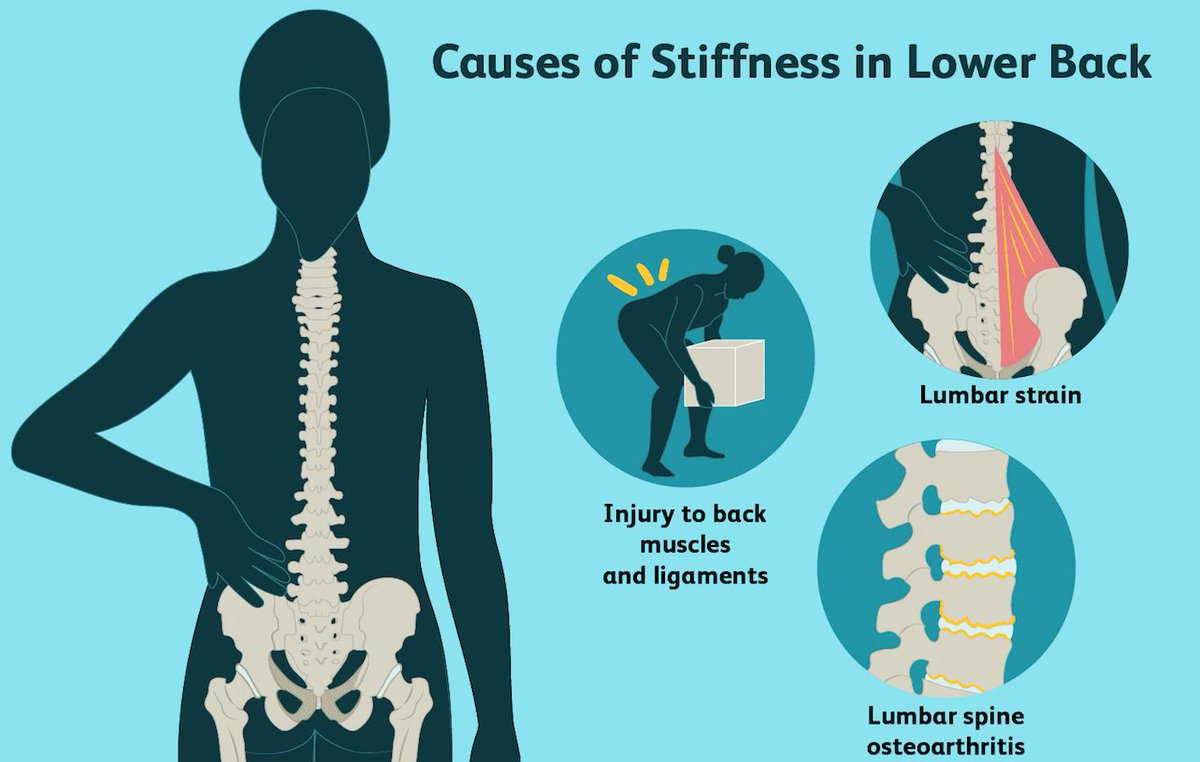
Prescription medications, such as tumor necrosis factor (TNF) blockers and NSAIDs, can help. Certain lifestyle measures, including doing regular physical activity, icing affected areas, and not smoking, can also be beneficial.
Share on PinterestHeadaches may be a symptom of Paget’s disease.
Paget’s disease of bone is a rare disorder that affects an estimated 1% of people in the United States, according to the American College of Rheumatology.
This condition causes a person’s bones to remodel abnormally, leading to bone softening, which can affect the pelvis, lower back, hips, and arms. A person with Paget’s disease has a higher risk of bone pain and fractures.
The symptoms of Paget’s disease include:
- hip pain
- hearing loss
- bowed legs, where the knees are wider apart than usual
- headaches
- tingling and numbness down the legs
Treatment
The treatment for Paget’s disease involves medications to reduce the likelihood of the bones breaking. Doctors usually prescribe these medicines to treat osteoporosis. In rare cases, a doctor may recommend surgery to repair bones and restore alignment.
Doctors usually prescribe these medicines to treat osteoporosis. In rare cases, a doctor may recommend surgery to repair bones and restore alignment.
People should seek emergency attention if they experience any of the following symptoms alongside lower back and hip pain:
- loss of bowel and bladder function
- inability to move one or both legs
- loss of sensation in one or both legs
- visible deformity in the legs or back, such as the inability to stand up straight
If a person experiences less severe symptoms that do not improve with rest and over-the-counter treatments, they should make an appointment with their doctor. A doctor can evaluate their symptoms, make a diagnosis, and recommend the most effective treatments.
When a person experiences lower back and hip pain simultaneously, there may be an underlying injury or medical condition causing both of these symptoms. In other cases, the causes may be distinct.
Lower back and hip pain can make performing daily activities difficult.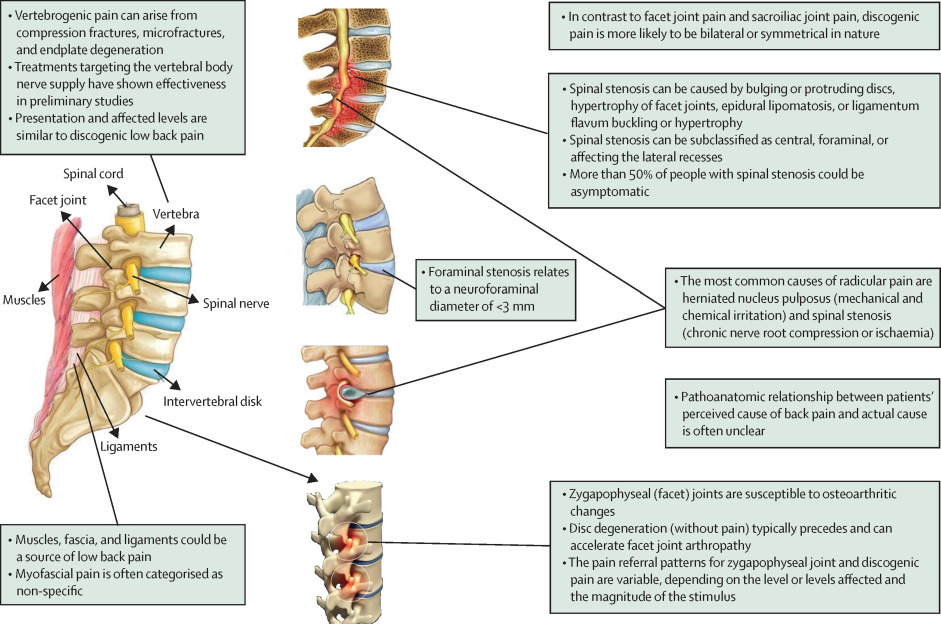 If these symptoms do not resolve or suddenly get worse, a person should seek medical attention.
If these symptoms do not resolve or suddenly get worse, a person should seek medical attention.
Regardless of the cause, early treatment helps improve the outlook of a person with back and hip pain. Without treatment, some causes of the pain can get worse and may ultimately affect a person’s mobility and quality of life.
Burning Hip Pain. What Causes It? — Michael Rock MD Chicago Neuropathic Pain
Burning hip pain is caused by a multitude of conditions like bursitis, tendinitis, a pulled muscle or a pinched nerve. Burning hip pain can feel like a sharp, searing or achy pain in the upper outer thigh. This often results from inflammation. And, if it lingers, it can be debilitating. When left untreated, the pain can become so severe that you may end up unable to walk.
The hip joint is a ball and socket joint. There is cartilage that covers the ball of the thigh bone and lines the socket of the pelvic bone. Your tendons attach muscles in the upper leg and thigh. Burning hip pain develops when any of these components—cartilage, muscles, tendons, nerves or the joint space—are defective, injured or not working properly.
The hip joint is the largest weight-bearing joint in the human body. It helps the hip remain stable during twisting and extreme ranges of motion. A healthy hip joint allows you to walk, squat and turn smoothly without pain.
Here are some common causes of hip pain.
Hip impingement, also known as Femoroacetabular impingement (FAI), occurs when the labrum, a thick cartilage that acts like a bumper cushion around the ball and socket hip joint, tears away from the socket. The bones of the hip joint—the acetabulum and the proximal femur—rub against one another during movement, which causes pain.
The wearing down of the cartilage and the friction caused by the rubbing of these two bones causes degenerative changes and osteoarthritis. This can sometimes produce a burning sensation that can also be accompanied by a sharp, stabbing sensation similar to an electric shock.
FAI usually develops from hip deformities or traumatic injury. The pain from this can be felt in the groin area and the outer hip. It’s often worse at night and may be mild, moderate, or severe.
It’s often worse at night and may be mild, moderate, or severe.
People with FAI often find that it interferes with important parts of life such as sleep, sex, work and exercise.
Hip bursitis is one of the most common causes of burning hip pain. The hip has small, jelly-like sacs, called bursa that help cushion the bones and soft tissues in the joint. The bursa, which usually reduce friction, can become inflamed after repetitive motion injuries or certain medical conditions like rheumatoid arthritis, gout or diabetes.
People with hip bursitis may report a burning sensation as well as sharp, achy pain in the hip and outer thigh. For many people, the pain worsens at night, when lying on the hip, or when getting up after a period of rest. Prolonged activity like walking, climbing stairs, or squatting may also make the pain worse. Injury, like falling on the hip or banging it on a hard surface, athletic activities, and hip-related surgery are the most common causes of hip bursitis.
Meralgia paresthetica is a neurological disorder. It happens when your lateral femoral cutaneous nerve, the nerve that provides sensation to the thigh, becomes trapped. This causes numbness and/or burning pain on the outer part of the thigh.
Wearing tight clothes or belts, obesity, and pregnancy are the most common causes of meralgia paresthetica, although injury and diabetes may cause nerve entrapment. Meralgia paresthetica improves by wearing loose clothing or treating the underlying condition.
If you’ve ever experienced a sharp, burning sensation or numbness and tingling that travels down your leg, after a long period of sitting, you may have a pinched nerve in your hip. If the nerve is pinched for a prolonged period of time, it may even cause weakness. Obesity, a herniated disc, arthritis and/or a strained muscle may cause a pinched nerve. Pain is usually felt in the groin and radiates down the thigh or buttocks.
Hip arthritis mainly occurs in old age due to the wearing away of joint cartilage. This leaves the raw bone beneath it exposed. Without the cartilage pad to protect from friction, pain and stiffness set in. If left untreated, you may develop a joint deformity, which may require hip replacement surgery. Mild burning sensation of the hip may be resolved through modifying activity, medications and/or injections.
This leaves the raw bone beneath it exposed. Without the cartilage pad to protect from friction, pain and stiffness set in. If left untreated, you may develop a joint deformity, which may require hip replacement surgery. Mild burning sensation of the hip may be resolved through modifying activity, medications and/or injections.
Sacroiliac joint pain is accompanied by inflammation at the point of insertion, where the backbone meets the pelvis. The sacrum is made of fused, immovable bones in the spine that attach to the right and left iliac bones of the hip. Together this joint supports the weight of the entire upper body. Repetitive joint use, uneven leg length, previous spine surgery, pregnancy, injury or trauma to ligaments surrounding SI joint and gout can lead to sacroiliac joint dysfunction.
The pain is typically worse with walking or standing and is relieved when lying down. Compression of the joint space and inflammation can cause a burning sensation or stiffness in the pelvic region. Oral non-steroidal anti-inflammatory drugs (NSAIDs) such as ibuprofen or naproxen are often prescribed. In some cases, oral steroids like prednisone may be taken for a short period of time to relieve severe inflammation.
Oral non-steroidal anti-inflammatory drugs (NSAIDs) such as ibuprofen or naproxen are often prescribed. In some cases, oral steroids like prednisone may be taken for a short period of time to relieve severe inflammation.
A hip labral tear occurs when the ring of cartilage that stabilizes the hip joint—the labrum—tears off. Without the shock absorption of the labrum, you can feel a deep pain in your groin or the front of your hip. Sometimes labrum tears are small and you feel nothing, except during rigorous activities like running.
Overdoing the running, especially without strength training, can lead to an imbalance of muscle strength in the muscles and tendons that surround the hip. Strong quads, glutes, back and core abdominal muscles are needed to absorb the forces of running. An imbalance can lead to mechanical failure of the structures that support the hip such as the labrum.
The sensation that you feel depends on the location of the tear, but often a burning sensation is reported. Clicking and clunking of the hip during movement and increasingly more consistent pain are tell-tale signs that you might have a hip labral tear. A clinical examination and an MRI are usually needed to make the diagnosis.
Clicking and clunking of the hip during movement and increasingly more consistent pain are tell-tale signs that you might have a hip labral tear. A clinical examination and an MRI are usually needed to make the diagnosis.
If hip pain is interfering with your everyday life, it may be time to contact a doctor. If you have a mild or moderate burning sensation in the hip, but are able to complete your activities of daily living, ask yourself these questions to gauge whether or not you should seek help:
Is the hip warm or tender to the touch?
Does the hip appear deformed?
Are you unable to move or bear weight on the affected leg?
Did your hip suddenly “give out” from under you?
Did you experience sudden swelling or intense pain in the hip?
Have home treatments like rest, ice, heat, or over-the-counter (OTC) pain medications failed to improve your symptoms?
Seek immediate medical attention if you experience:
Sudden pain
Tenderness
Swelling
Muscle weakness
Limited range of motion
Fever
Numbness and tingling
Loss of sensation or increased pain when moving the hip
Characteristics of pain in sciatica
Sciatica is also called sciatic neuralgia. This nerve is the longest in our body. There are two of them. They start at the level of the lumbar spine, continue at the level of the buttocks, the back of the leg, and separate behind the knee. As a result of damage to the sciatic nerve, sensory and motor disorders can appear: difficulty walking and reduced sensation in the leg. The main sign of pinching or inflammation of the sciatic nerve is intense pain. Its nature depends on the location of the pathology. Pain is varied. Usually affects one side. Moreover, in women – the right, in men – mainly the left.
This nerve is the longest in our body. There are two of them. They start at the level of the lumbar spine, continue at the level of the buttocks, the back of the leg, and separate behind the knee. As a result of damage to the sciatic nerve, sensory and motor disorders can appear: difficulty walking and reduced sensation in the leg. The main sign of pinching or inflammation of the sciatic nerve is intense pain. Its nature depends on the location of the pathology. Pain is varied. Usually affects one side. Moreover, in women – the right, in men – mainly the left.
The nature of sciatica pain
It is often described as dull, throbbing, burning, or stabbing like an electric shock. Sensation varies and can manifest itself differently in one person. For some people, it feels like a debilitating intense burning sensation, while for others, a sharp tingling or intense pain passes quickly and occurs from time to time. Each case is different and each sensation is unique for each patient. These painful symptoms often begin suddenly, “out of the blue,” but sometimes they can be triggered by a sharp turn or lifting of weight. It can become unbearable with exertion, coughing, standing or sitting for long periods of time. As a rule, sciatica increases with movement and decreases during rest. But in the case when sciatica is caused by an infection or tumor, the pain appears, paradoxically, at night or when the patient is motionless. In addition, symptoms worsen and may be associated with fever.
These painful symptoms often begin suddenly, “out of the blue,” but sometimes they can be triggered by a sharp turn or lifting of weight. It can become unbearable with exertion, coughing, standing or sitting for long periods of time. As a rule, sciatica increases with movement and decreases during rest. But in the case when sciatica is caused by an infection or tumor, the pain appears, paradoxically, at night or when the patient is motionless. In addition, symptoms worsen and may be associated with fever.
Localization of sciatica pain
The pain usually appears in the buttock area and descends in a burning strip to the thigh in front and side, then down the back of the leg, reaching the foot and toes. Sometimes the pain stops in the knee. With inflammation of the piriformis muscle, burning or pulling pains in the buttock radiate to the middle of the back of the thigh, they usually do not go further. Sometimes there is pain in the lumbar spine, which increases with prolonged sitting. Lower back pain may be present at the same time as leg pain, but usually the pain in the legs is much worse than in the lower back. Complaints of back pain may not bother the patient.
Lower back pain may be present at the same time as leg pain, but usually the pain in the legs is much worse than in the lower back. Complaints of back pain may not bother the patient.
Typical manifestations of pain in sciatica
The combination of the following pain symptoms is the most common:
- pain usually occurs on one side of the buttocks or legs, rarely on both sides;
- pain descends from top to bottom;
- pain has a characteristic trajectory – originating in the lower back or buttocks and continuing along the path of the sciatic nerve along the back of the thigh and lower calf and foot;
- the pain disappears when the person lies down or walks, but worse when he stands or sits;
- the pain is usually described as sharp or burning rather than monotonous.
- intense flash of pain in one limb, it becomes impossible to lean on it, this makes it difficult not only to get up, but also to walk;
- numbness in the fingers of the lower extremities;
- pain in the lower back (if present) is usually not as severe as in the extremities;
- the pain is most intense in the morning and after a long rest;
- complaints may be aggravated during sudden movements such as sneezing, coughing, when changing position, for example, when moving from a sitting to standing position, when turning, when trying to stand on tiptoes.

Some symptoms are unique depending on the underlying cause of sciatica. For example, bending the body backwards or walking short distances often causes symptoms when spinal stenosis is the cause. Leaning forward can cause pain if the cause is a bulge in the lumbar spine. If sciatica is due to a herniated disc, the pain is often worsened by coughing, sneezing, or straining (during a bowel movement), or movement. In severe cases, urination and defecation are disturbed. If inflammation is the cause of the sciatic nerve, the pain often worsens at night.
How long does the pain last?
How long the sciatic pain lasts depends on how badly the nerve is damaged. Sometimes the symptoms disappear after a few days, sometimes they last longer or come back again and again.
Conclusion
Illness with sciatica is exhausting. Especially the patient suffers if the disease has passed into the chronic stage. Pain significantly reduces the quality of life, the patient cannot make elementary movements, sleep is disturbed.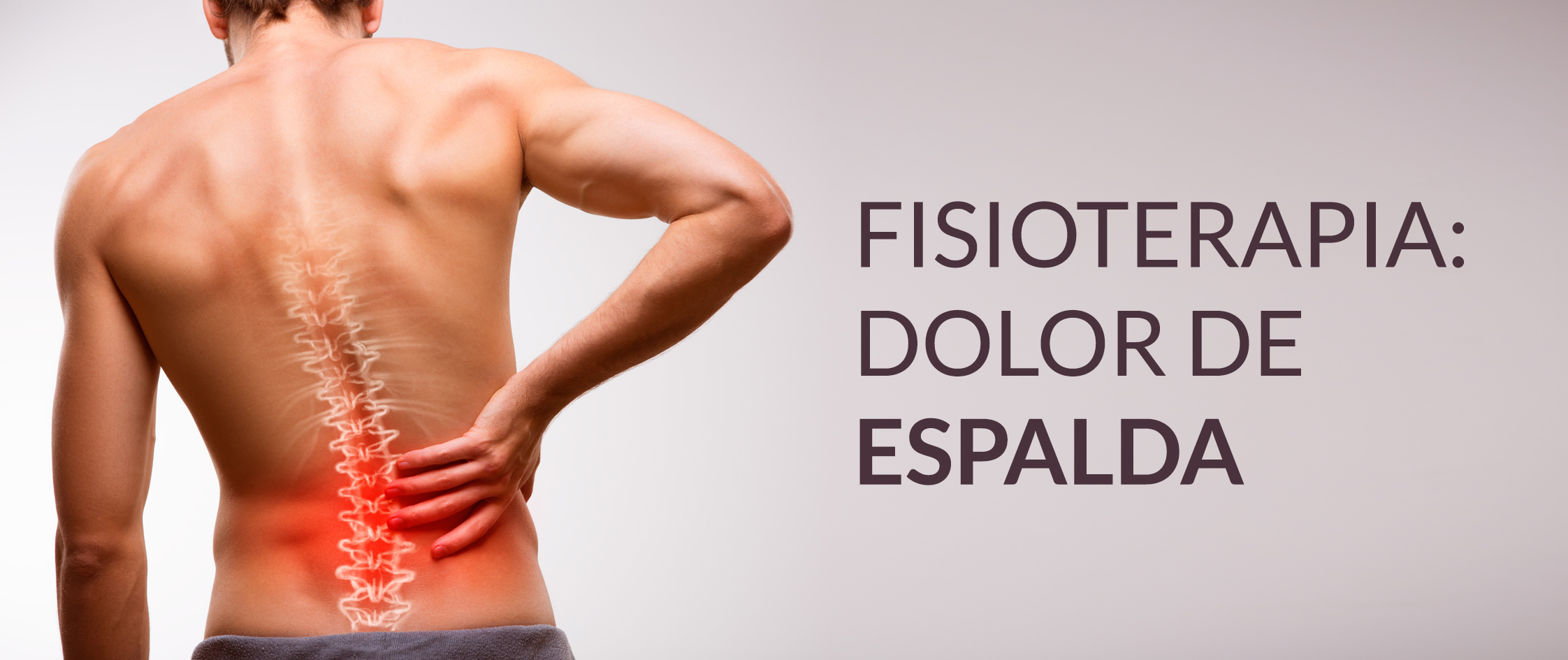 You should not endure it, reducing the intensity by taking painkillers. Even if the pain is minor and (or) discomfort manifests itself in the form of tingling and numbness of the extremities, you should not pull, you should contact a professional who will prescribe an examination, make a diagnosis and offer targeted treatment.
You should not endure it, reducing the intensity by taking painkillers. Even if the pain is minor and (or) discomfort manifests itself in the form of tingling and numbness of the extremities, you should not pull, you should contact a professional who will prescribe an examination, make a diagnosis and offer targeted treatment.
Pain in the buttocks – causes, diagnosis and treatment of pain
Pain syndrome affecting the gluteal and femoral muscles occurs against the background of various diseases. A symptom can signal both minor traumatic injuries and a serious illness. Pain in the buttocks is constant and episodic, dull and acute, burning and pressing. In some cases, to alleviate the condition, an immediate visit to a doctor and the appointment of pharmacological therapy are required. A visit to an osteopath gives a good effect. The use of manual practices relieves pain and helps prevent the recurrence of unpleasant sensations.
What can hurt in the buttocks
Pain in the buttocks indicates damage to various structures, namely:
- Soft tissues.
 These include muscle fibers, tendons, ligaments. The group includes adipose tissue, synovial membranes and fascia.
These include muscle fibers, tendons, ligaments. The group includes adipose tissue, synovial membranes and fascia. - Nervous tissues. They are the backbone of the nervous system. The main task of tissues is the transmission of impulses for the communication of the body with the environment.
- Bone tissues. It is a dense connective tissue that performs supporting, motor and protective functions. Bone tissues include movable joints – joints.
If the symptoms do not go away for a long time, it is urgent to visit an osteopath.
Make an appointment for diagnostics
What to do if the buttock hurts
If the sensations are of a translating nature and gradually decrease, it is enough to limit physical activity and monitor the condition. Probably the reason lies in the soft tissue injury. When the pain does not go away for a long time, it becomes stronger and interferes with life, you should consult a doctor for a detailed diagnosis.
How to relieve pain
There are several methods to relieve the condition at home. Should:
Should:
- be predominantly in a horizontal position to minimize stress on the pelvis and spine;
- use massage techniques or see an osteopath.
Pain in the buttocks can be relieved with medication. Before use, you should consult a doctor and study the annotation. The main groups of drugs used as symptomatic therapy are shown in the table below. All of them have contraindications and restrictions on admission.
Table 1. Medications for pain relief
Do’s and Don’ts
Do not delay a visit to the doctor if there is no positive dynamics. Also important:
- Avoid strenuous exercise. They can lead to a sharp deterioration in well-being or cause complications.
- Use warm compresses. In the presence of infectious agents, warming up can aggravate the situation.
- Self-medicate. Do not self-prescribe drugs or physiotherapy.
When to see a doctor urgently
There are signs that require urgent medical attention.
It is important to see a doctor if:
- The pain increases and leads to impaired mobility. At the first stage, lameness is observed, which can lead to serious movement disorders.
- Feelings do not subside even at rest. This signals an intense inflammatory process or the presence of a purulent focus.
- There is a general deterioration in well-being and an increase in body temperature. Joint pathologies are characterized by mild fever up to 37.2-37.5 degrees. Infectious diseases are associated with an increase in temperature up to 38 degrees or more.
- Found purulent formations. Without medical intervention, ulcers lead to dangerous complications. Among these are phlegmon and sepsis (blood poisoning).
Types of pain in the buttocks
The nature of discomfort depends on the cause and degree of tissue damage.
Types in character, quality and perception:
- paroxysmal or throbbing;
- blunt, pressing, pulling;
- sharp, piercing, cutting;
- burning, boring, twitching.

By area, localized and systemic pain is distinguished. Depending on the duration, there are chronic, acute, subacute and periodic. Some types of sensations are discussed in more detail below.
Pain in the gluteal region, radiates to the leg
Irradiation to the leg is most often associated with damage to myofascial trigger points. These are areas of increased excitability located in skeletal muscles.
Muscles may be affected:
- gluteus maximus, medial and minimus;
- pear-shaped;
- quadratus lumborum;
- multifidus muscles of the back.
The condition is associated with the development of true radiculopathy – a pain syndrome against the background of a ruptured intervertebral disc. Similar symptoms accompany dysfunction of the sacroiliac joint against the background of trauma or compression by nearby tissues. Irradiation also speaks of bursitis, an infectious lesion.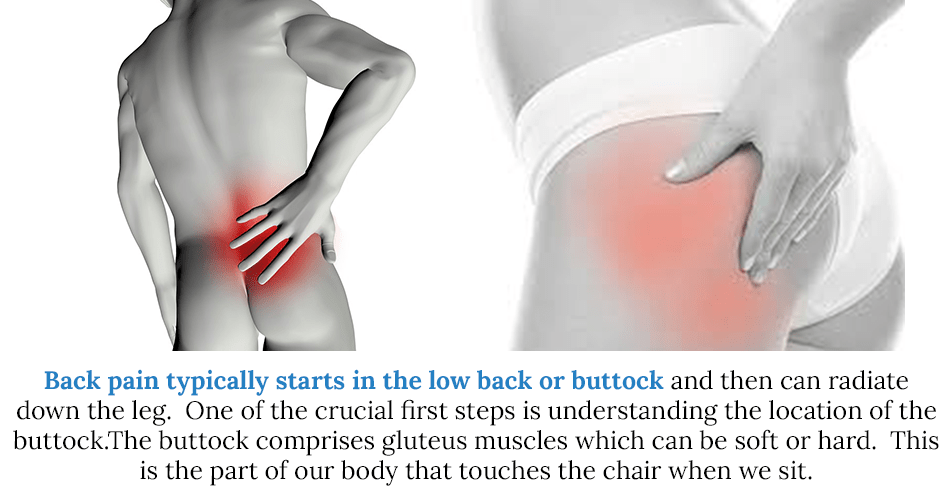
Pain in the lower back and buttocks
Occurs during pathological processes occurring in the lumbosacral region. A common diagnosis is sciatica. Probable:
- formation of phlegmon and abscesses;
- herniated discs, protrusions and cysts;
- course of osteomyelitis;
- Bechterew’s disease;
- rheumatoid arthritis.
It is important to rule out sciatic neuralgia. It is manifested by pain in the buttocks, anus, lower back. The condition worsens with increased physical activity.
Severe pain in the buttock
Intense symptoms require special attention from the patient and the doctor. The picture speaks of:
- the course of an acute inflammatory or infectious process;
- severe damage to soft tissues, ligaments or skeletal system;
- diseases of the urinary or reproductive system;
- autoimmune diseases affecting the joints.

Severe pain in the gluteal muscles is typical for the last trimester of pregnancy. This is due to increased pressure on the pubic joint and lower back. The condition is found in women with multiple pregnancies, polyhydramnios, overweight.
Buttock hurts after sleep
Usually such complaints are associated with pathologies of the nervous system. They talk about the course of osteochondrosis, neuralgia. Pain after sleep may be associated with myalgia. If the condition is combined with sensations of stiffness, then we are talking about damage to the joints. Often the diagnosis is piriformis syndrome. Its differences:
- hypertonicity of muscle fibers;
- sharp and aching pains that continue for a long time;
- discomfort when walking and moving;
- local desensitization.
The syndrome is not an independent disease, but occurs with myositis, trauma, benign formations.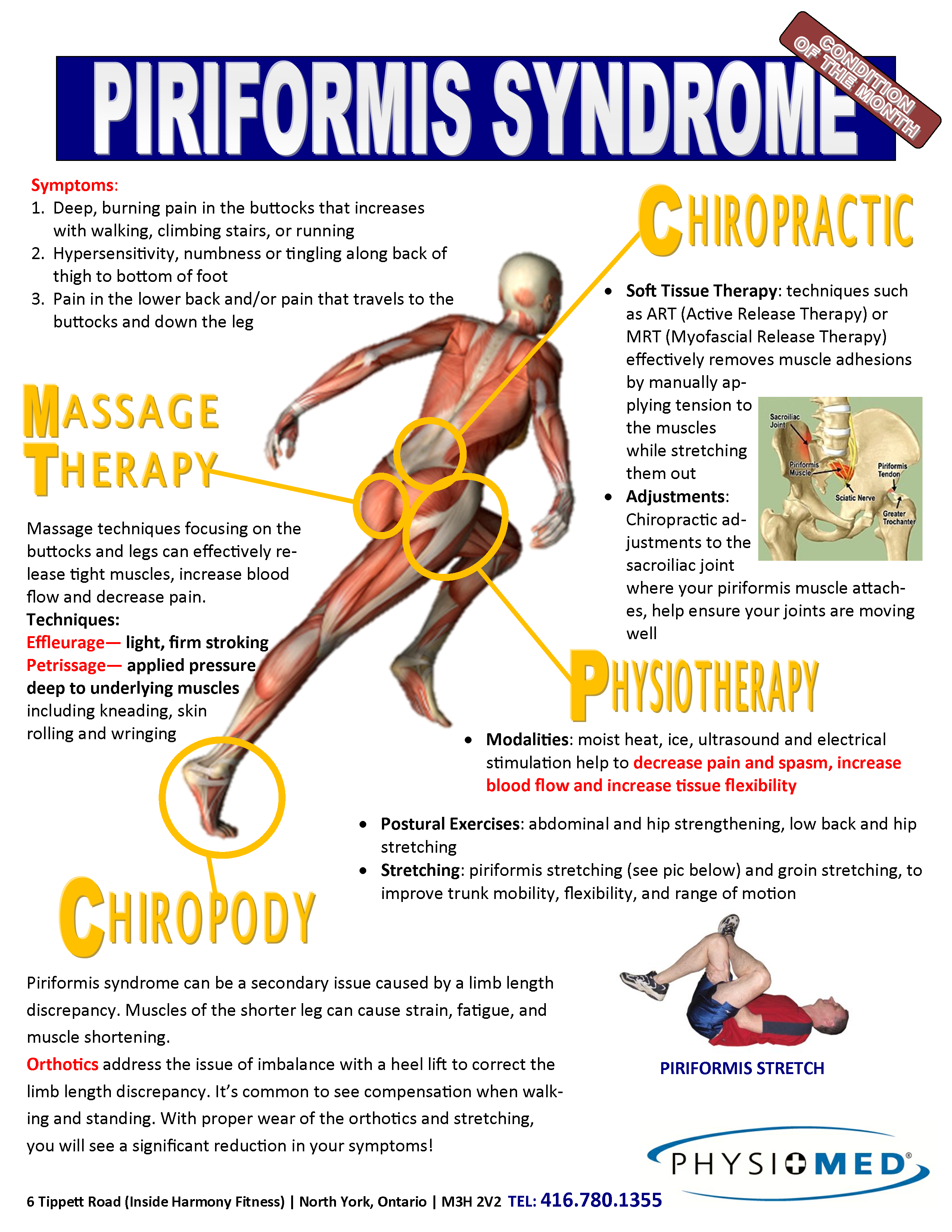 It is necessary to exclude latent and chronic infections of the genitourinary system.
It is necessary to exclude latent and chronic infections of the genitourinary system.
Pain in the buttock, radiating to the groin
This clinical picture is considered a standard manifestation of osteochondrosis. Irradiation is observed not only in the groin, but also in the knees, lower back, fingers and toes. Patients complain of burning, squeezing.
What else causes pain:
- pinched nerve root with hernia;
- protrusions located in the lumbosacral region;
- spasmodic piriformis muscle.
It is recommended to rule out arthrosis of the hip joint and aseptic necrosis of the femoral head. Similar phenomena are observed in arthritis, trochanteritis, polymyalgia rheumatica.
Pain under the buttock
The first step is to differentiate hemorrhoids. This disease leads to itching in the anus, causes a feeling of heaviness and fullness of the intestine. Accompanied by constipation, the appearance of nodes around the anus. Probable diagnosis – intervertebral hernia, as well as:
Probable diagnosis – intervertebral hernia, as well as:
- coxarthrosis;
- lumbar spondyloarthrosis;
- sciatic nerve neuropathy.
Causes of pain in the buttocks
Pain localized in the buttocks is a non-specific symptom.
Possible causes include:
- Traumatic injury. Thus, a bruise appears after a fall on the buttocks. Pain gradually subsides and rarely leads to impaired mobility. A severe bruise can lead to the appearance of a hematoma, bruising and swelling.
- Neurological diseases. The symptom is found against the background of diseases of the spine, namely, with radicular syndrome. The phenomenon is typical for hernias and protrusions, congenital malformations, post-traumatic syndromes, tumor processes that affect the nervous system.
- Infectious lesion. Furuncles, carbuncles, pyoderma lead to pain, combined with itching and burning. The intensity of sensations is associated with the size of the purulent formation and the presence of edema.
 A similar situation can develop after an injection performed with improper antiseptic treatment before the procedure.
A similar situation can develop after an injection performed with improper antiseptic treatment before the procedure. - Acute and chronic diseases of the joints. Arthritis, ankylosing spondylitis, sacroiliitis, Behcet’s syndrome and other conditions manifest themselves in a similar way.
- Leriche syndrome. It debuts with a slight pain syndrome, gradually leading to lameness and movement restrictions.
- Myalgia. Pathologies of soft tissues occur against the background of intense physical exertion. Pain in the buttocks may be associated with the development of bursitis (inflammation of the synovial joint bag) or tendonitis (tendon damage).
- Positional compression syndrome. Associated with a long stay of the patient in a motionless position. It develops in patients who are unconscious, drug or alcohol intoxicated.
- Chronic pelvic pain syndrome. Associated with the chronic course of pathologies affecting the reproductive system in women. Characteristic for patients with adnexitis, salpingitis, fibroids and cysts.

- Derkum disease. It is expressed in the appearance of numerous wen and pain localized in the shoulders, buttocks, and hips.
These are not all possible reasons. It is worth noting hemorrhoids, piriformis syndrome, impaired local blood supply, bone tuberculosis, malignant tumors.
The best solution in case of pain is to immediately contact an experienced specialist.
Make an appointment for diagnostics
Diagnostics
Detailed diagnostics are required to establish the causes of pain in the buttocks. The list of methods is determined by a general practitioner or a narrow specialist (surgeon, rheumatologist, infectious disease specialist, orthopedist, neurologist) after an internal examination of the patient and collection of tests.
Basic diagnostic methods:
- Laboratory tests. Aimed at assessing the general condition of the body and identifying the inflammatory process. The patient is recommended tests for C-reactive protein, blood for leukocyte formula.
 Sometimes specialized tests are required. For example, identification of a typical gene for ankylosing spondylitis or a pathogen in case of suspected infectious nature of pain.
Sometimes specialized tests are required. For example, identification of a typical gene for ankylosing spondylitis or a pathogen in case of suspected infectious nature of pain. - X-ray. The method allows visualization of bone tissue. Reveals dystrophic and degenerative changes, infectious, inflammatory and tumor processes.
- Magnetic resonance imaging. Allows you to assess the structure of tissues and detect hernias, protrusions, bursitis, tendonitis. Informative for diagnosing malignant and benign tumors, neurological pathologies. If necessary, it is performed using a contrast agent.
- Computed tomography. Suitable for diagnosing the consequences of injuries, oncological pathologies. It can also be done with contrast enhancement.
- Ultrasound. Non-invasive technique for detecting disorders in soft structures.
Consultation of our specialists will help to make the correct diagnosis.
Make an appointment for diagnostics
Methods for treating pain in the buttocks
Therapeutic tactics are developed based on the results of the diagnosis.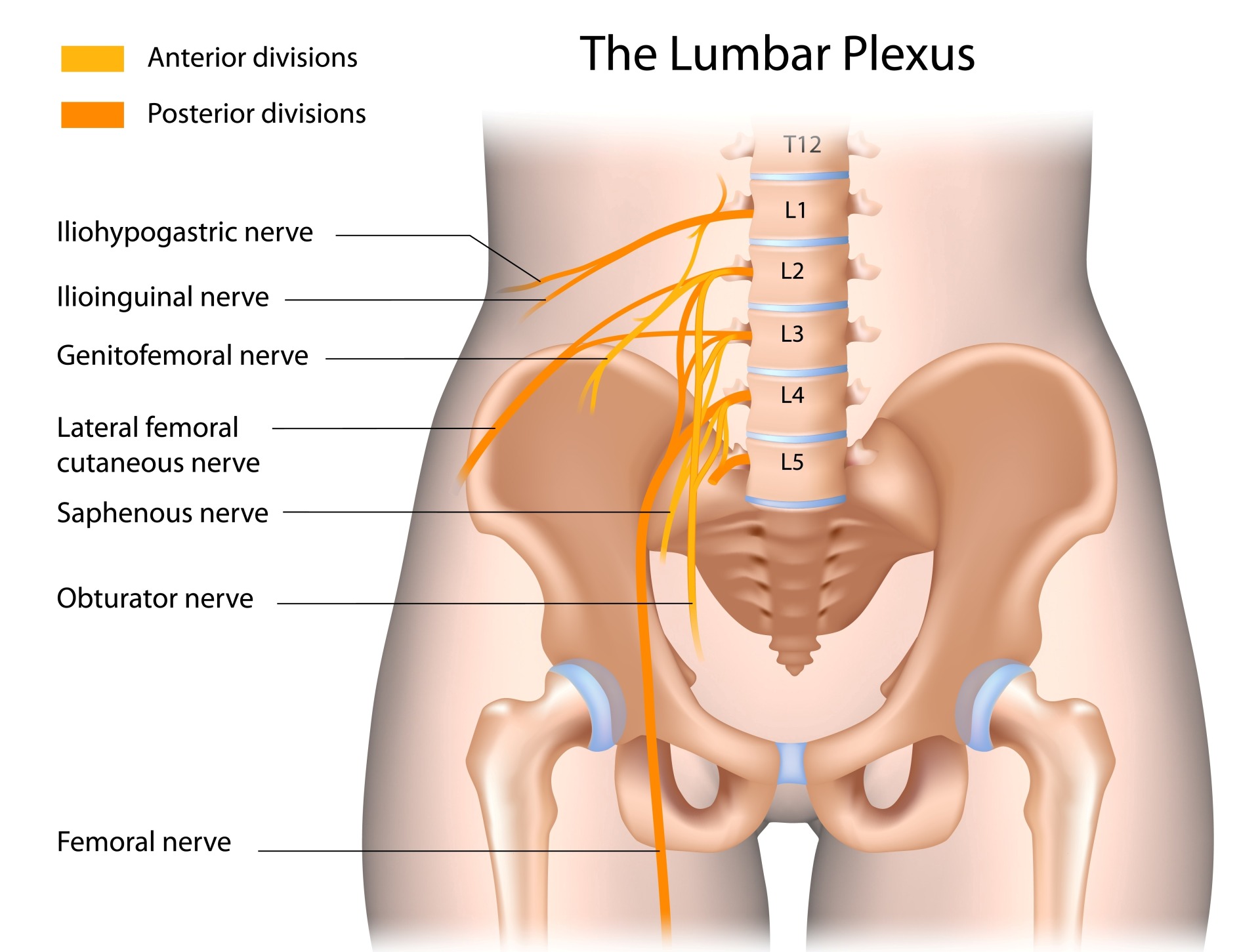 The treatment includes:
The treatment includes:
Pharmacological therapy
It is based on the use of non-steroidal anti-inflammatory drugs. Muscle relaxants and analgesics are also prescribed. Sulfa derivatives of mesalazine are recommended for the treatment of chronic joint diseases. If a bacterial nature is suspected, antibiotics must be selected. To relieve pain, it is allowed to use warming ointments and gels.
Physiotherapy
Electrotherapy and magnetotherapy showed good efficiency. Depending on the diagnosis, they resort to massage, exercise therapy, underwater shower-massage, traction.
Surgery
In some cases, surgery is required to alleviate the condition. Drainage of a purulent focus, removal of cysts and tumors, nucleoplasty are likely.
Bed rest and limited mobility play an important role in recovery. In some cases, the patient is allowed to move only with a walker or crutches.
Osteopathic treatment
Osteopathy is a safe, effective and painless treatment for gluteal pain.

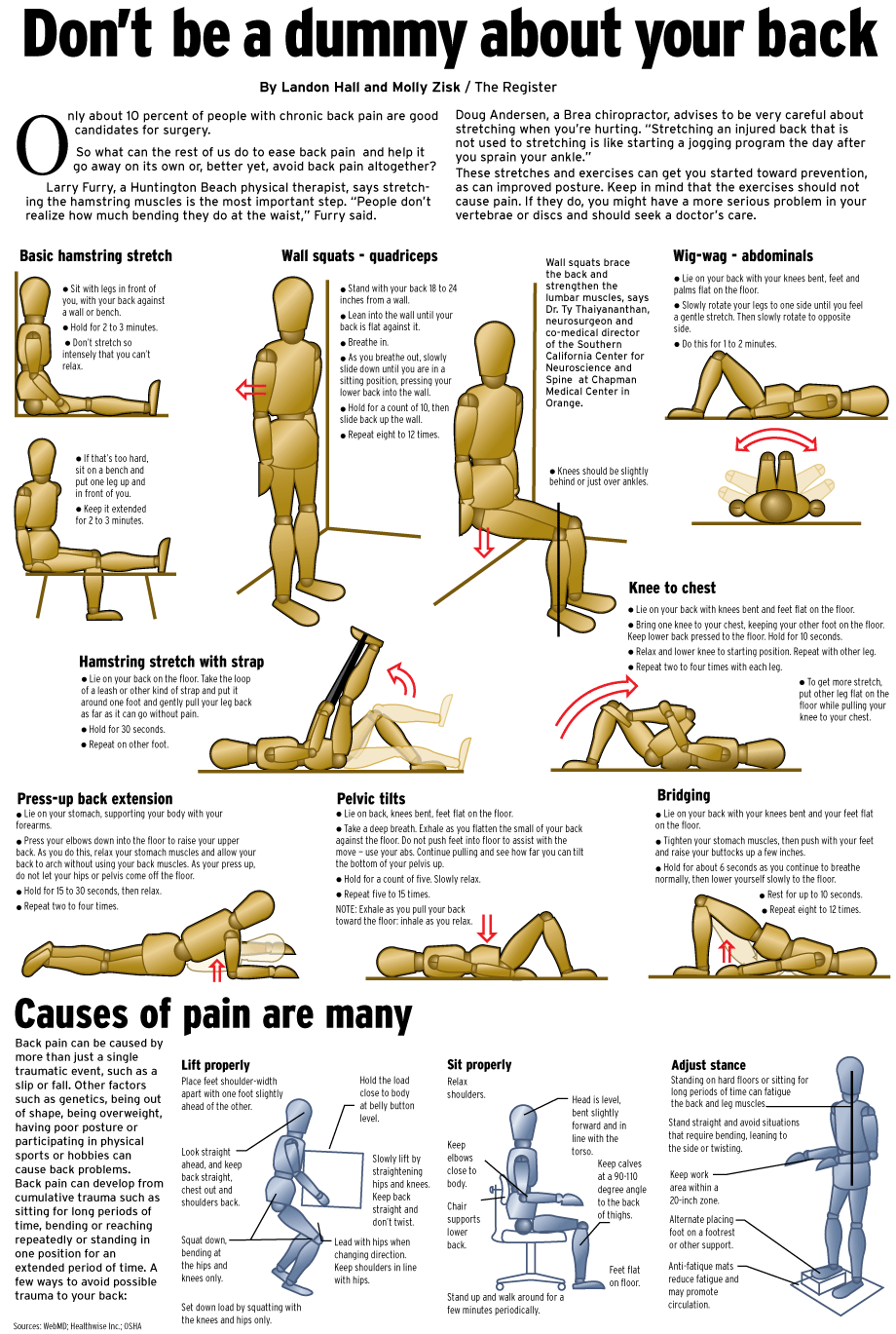
 These include muscle fibers, tendons, ligaments. The group includes adipose tissue, synovial membranes and fascia.
These include muscle fibers, tendons, ligaments. The group includes adipose tissue, synovial membranes and fascia.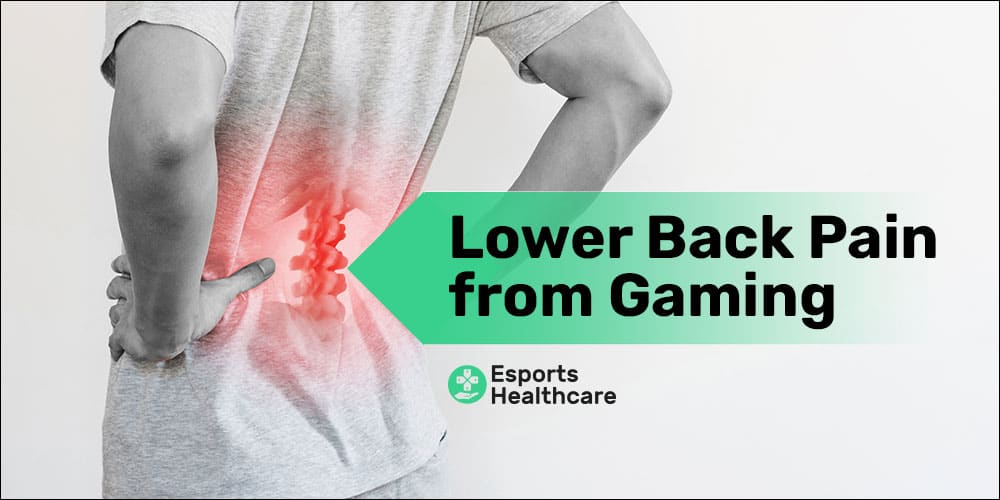
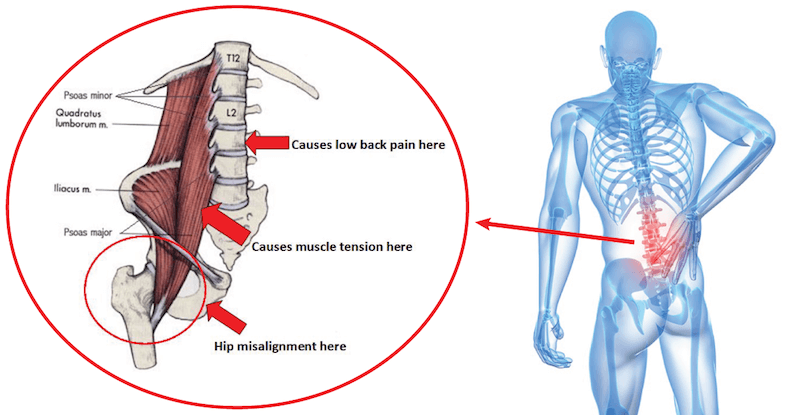
 A similar situation can develop after an injection performed with improper antiseptic treatment before the procedure.
A similar situation can develop after an injection performed with improper antiseptic treatment before the procedure.
 Sometimes specialized tests are required. For example, identification of a typical gene for ankylosing spondylitis or a pathogen in case of suspected infectious nature of pain.
Sometimes specialized tests are required. For example, identification of a typical gene for ankylosing spondylitis or a pathogen in case of suspected infectious nature of pain.